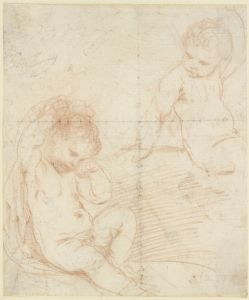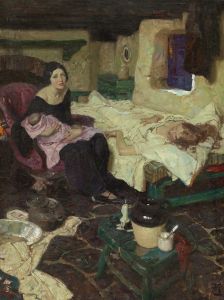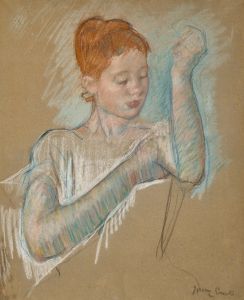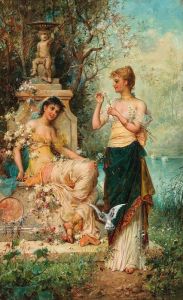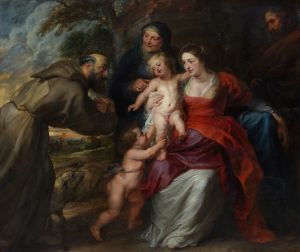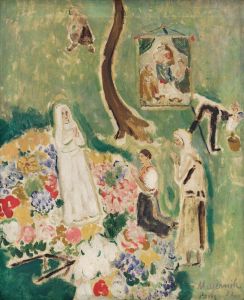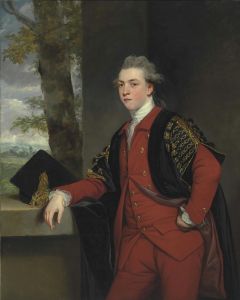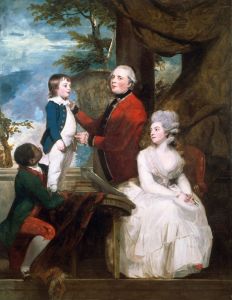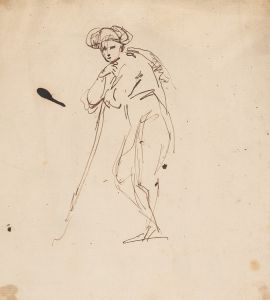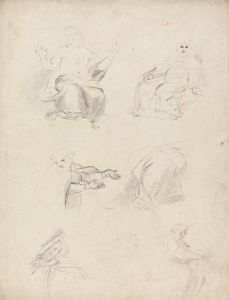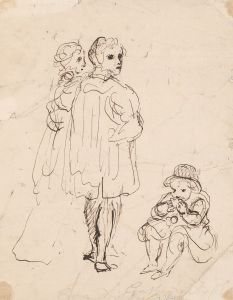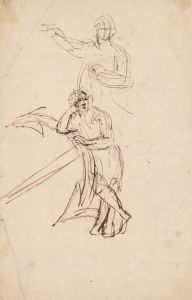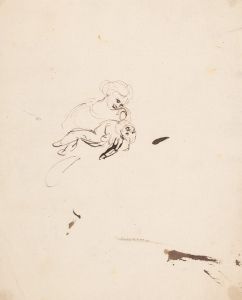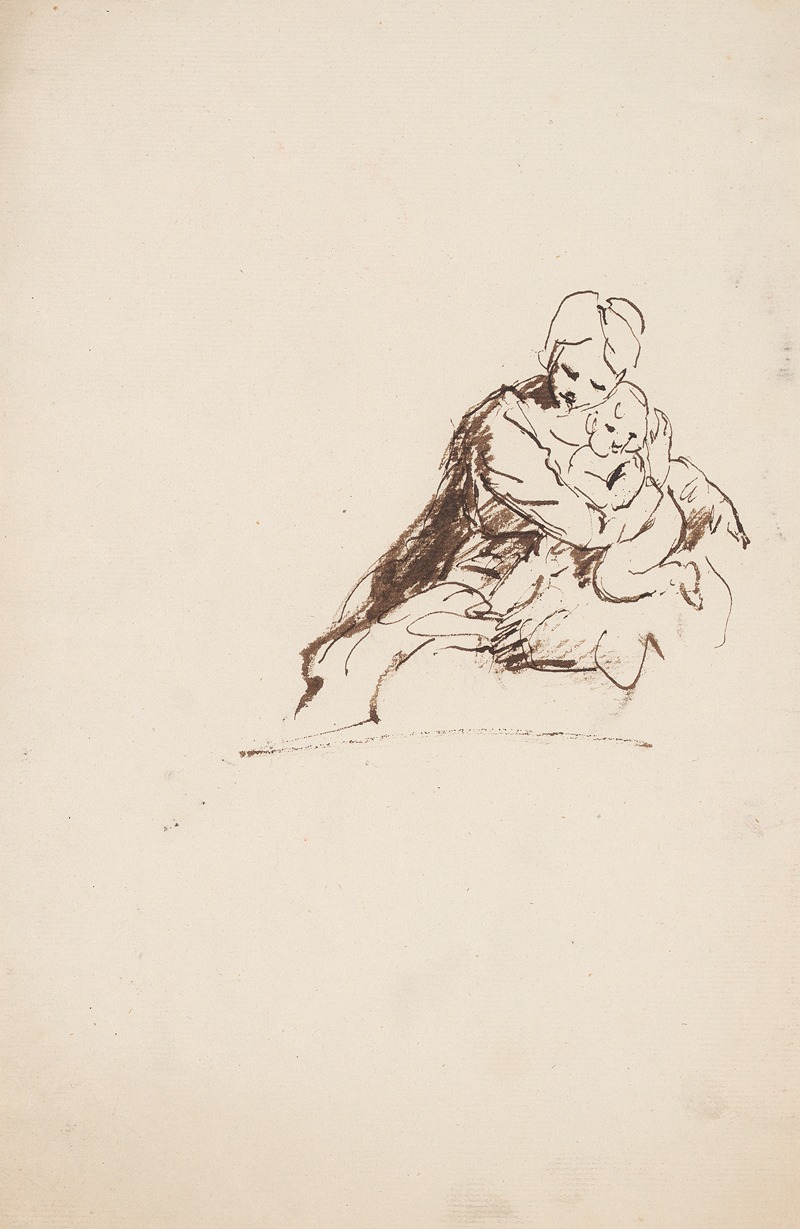
Woman and Infant
A hand-painted replica of Sir Joshua Reynolds’s masterpiece Woman and Infant, meticulously crafted by professional artists to capture the true essence of the original. Each piece is created with museum-quality canvas and rare mineral pigments, carefully painted by experienced artists with delicate brushstrokes and rich, layered colors to perfectly recreate the texture of the original artwork. Unlike machine-printed reproductions, this hand-painted version brings the painting to life, infused with the artist’s emotions and skill in every stroke. Whether for personal collection or home decoration, it instantly elevates the artistic atmosphere of any space.
Sir Joshua Reynolds was an influential 18th-century English painter, known for his portraits and promotion of the "Grand Style" in painting, which emphasized idealization of the imperfect. However, there is no widely recognized painting titled "Woman and Infant" by Sir Joshua Reynolds. It is possible that the title might refer to a lesser-known work, a misattribution, or a different title under which the painting is known.
Reynolds was born on July 16, 1723, in Plympton, Devon, England. He was a key figure in the development of English portraiture and served as the first president of the Royal Academy of Arts. His work was characterized by its grandeur and elegance, often depicting members of the British aristocracy and other prominent figures of his time. Reynolds was known for his ability to capture the personality and status of his subjects, often employing rich colors and dramatic lighting to enhance the visual impact of his portraits.
Throughout his career, Reynolds painted numerous portraits of women and children, capturing the tenderness and intimacy of familial relationships. His approach to painting women and children was often marked by a sense of grace and sensitivity, reflecting the societal ideals of femininity and motherhood during the 18th century. Reynolds's portraits of women and children were not only admired for their aesthetic qualities but also for their ability to convey the emotional depth and complexity of his subjects.
Reynolds's technique involved the use of layered glazes and a careful attention to detail, which allowed him to achieve a sense of depth and realism in his paintings. He was also known for his experimentation with different painting materials and methods, although this sometimes led to issues with the longevity and preservation of his works.
Despite the lack of specific information about a painting titled "Woman and Infant," Reynolds's body of work includes several notable portraits that feature women and children. These works often highlight the affectionate bond between mother and child, a theme that was popular in art during the 18th century. Reynolds's ability to capture the subtleties of human expression and emotion made him one of the most celebrated portraitists of his time.
Reynolds's influence extended beyond his paintings; he was also a prominent art theorist and writer. His "Discourses on Art," delivered to students at the Royal Academy, emphasized the importance of studying the works of the Old Masters and the need for artists to develop their own style. Reynolds's ideas on art and aesthetics played a significant role in shaping the direction of British art during the late 18th and early 19th centuries.
In summary, while there is no specific information available about a painting titled "Woman and Infant" by Sir Joshua Reynolds, his contributions to portraiture and his depictions of women and children remain significant in the history of art. His works continue to be studied and admired for their technical skill, emotional depth, and their reflection of the cultural values of his time.





